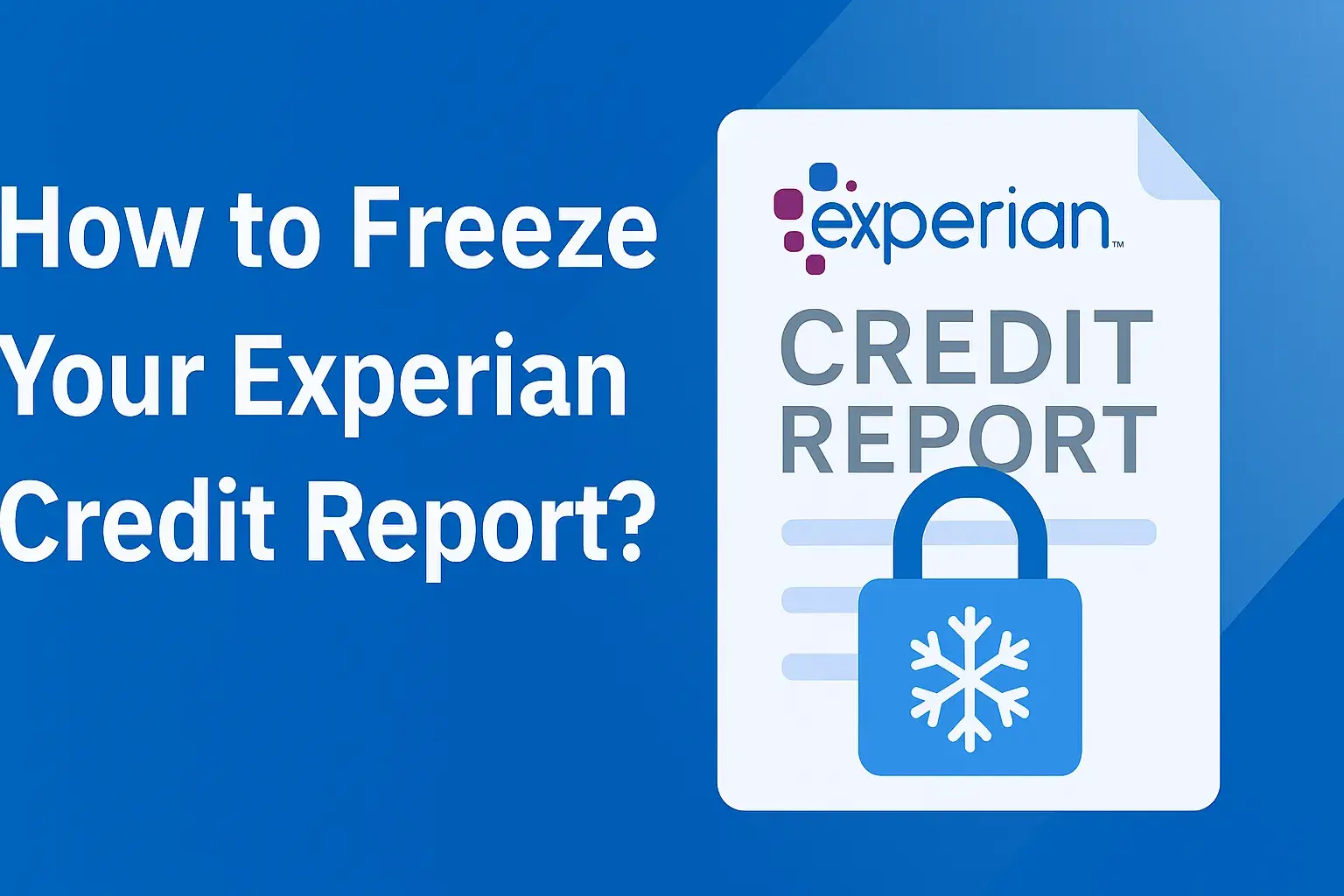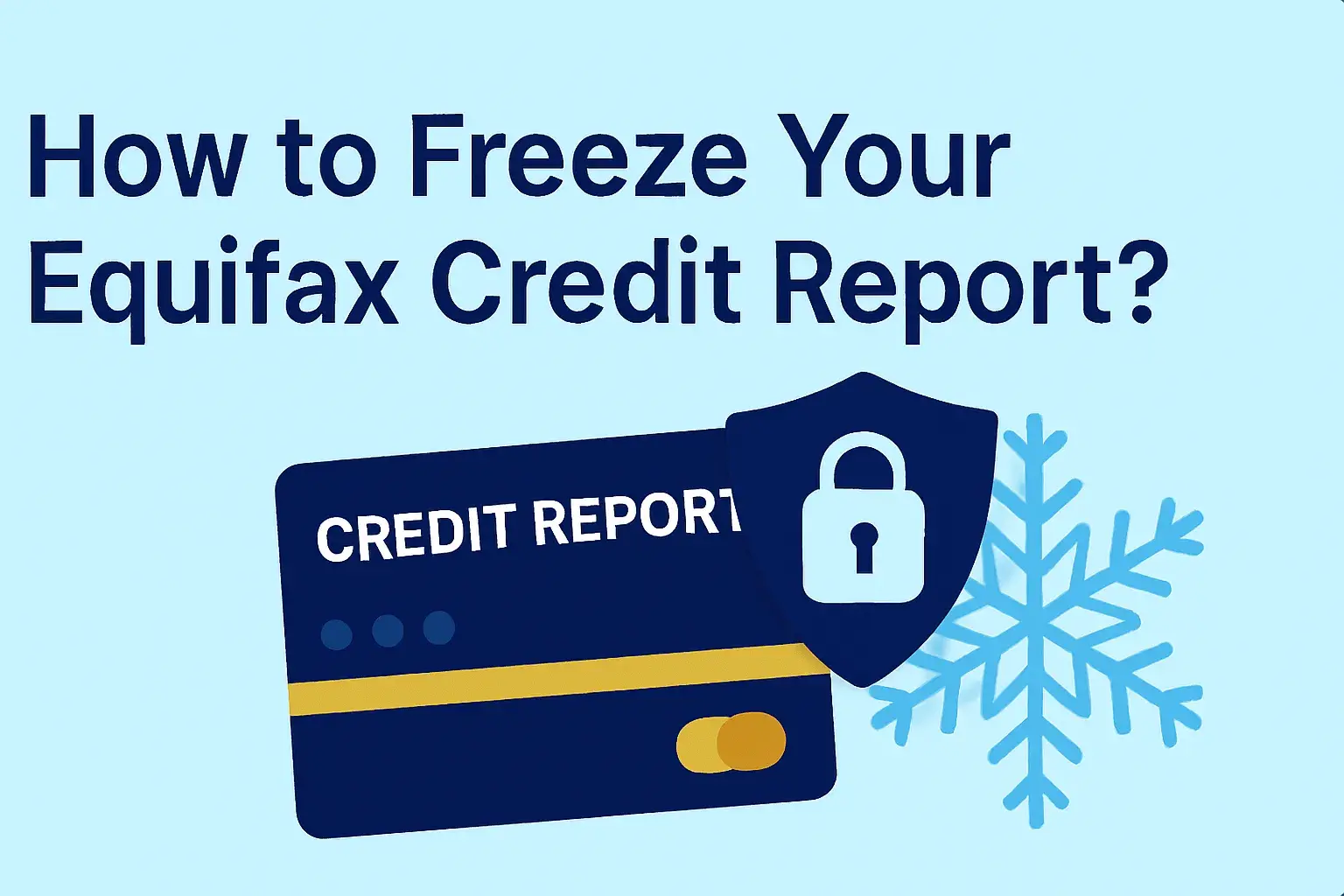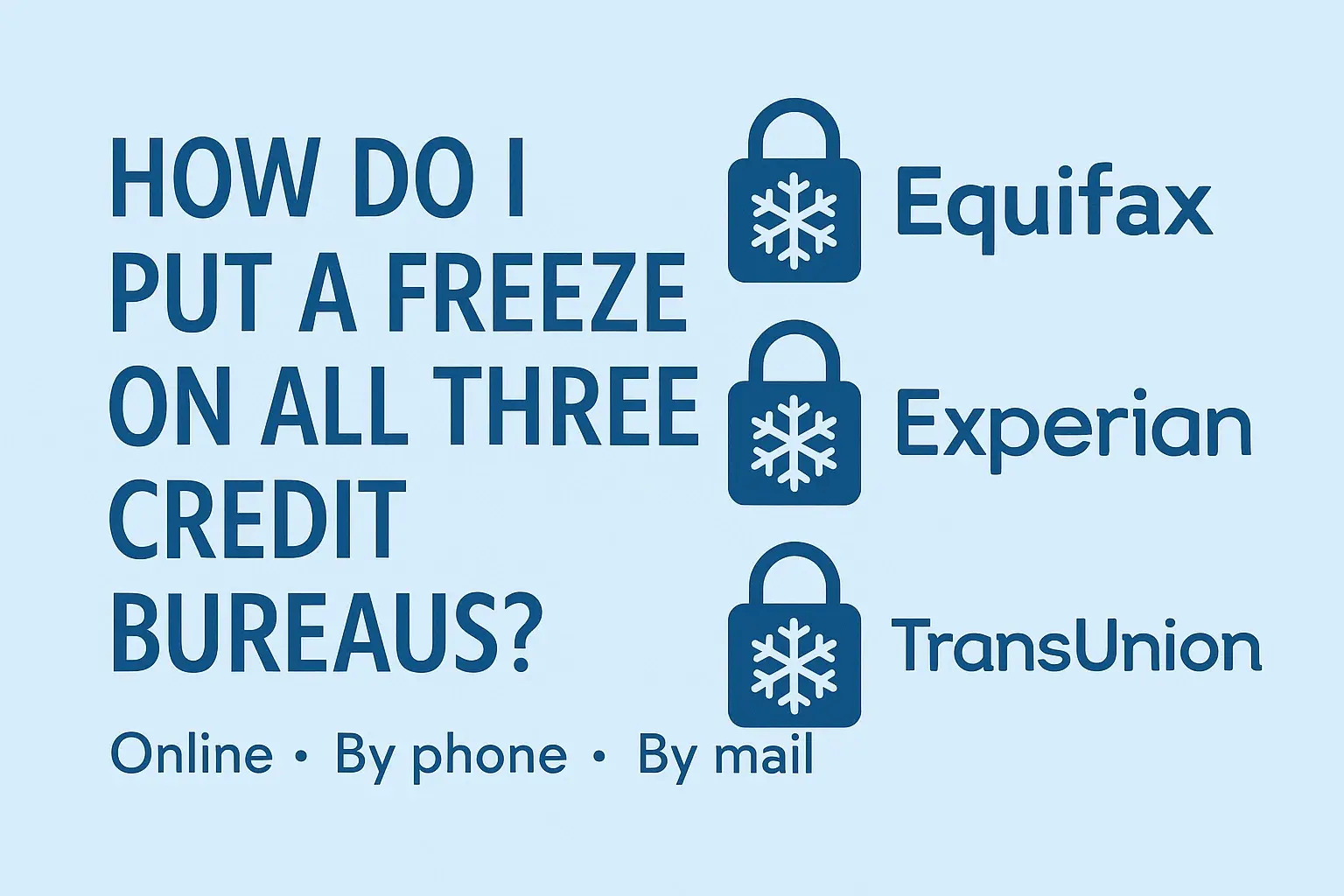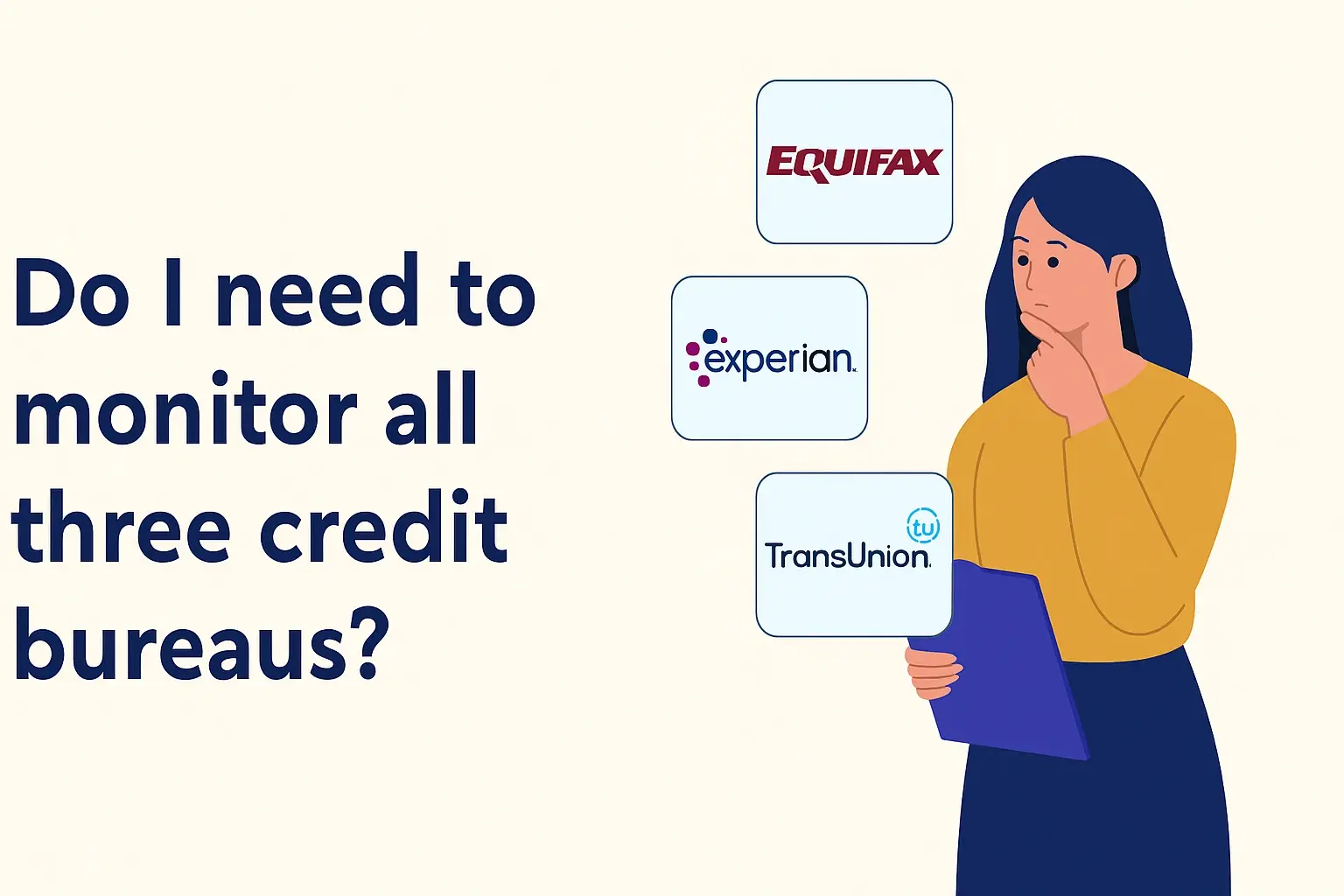-
Posted on: 24 Jul 2024

-
Your credit report plays a crucial role in many aspects of your life, from securing loans and mortgages to renting an apartment and even getting a job. Unfortunately, errors can and do appear on credit reports, potentially damaging your credit score and hindering your financial goals. The Fair Credit Reporting Act (FCRA) provides you with the right to dispute inaccurate information. One of the most common and effective tools for exercising this right is the 609 dispute letter. This guide will walk you through the process of writing a compelling 609 dispute letter, maximizing your chances of a successful outcome.
What is a 609 Dispute Letter?
A 609 dispute letter leverages Section 609 of the FCRA. This section outlines your right to request that credit bureaus verify the accuracy and completeness of the information they hold about you. Essentially, you are asking the credit bureaus to investigate and provide evidence that the negative items listed on your report are valid and accurate. If they cannot provide this verification within a reasonable timeframe (typically 30 days), they are legally obligated to remove the disputed information from your credit report.
Why is a 609 Dispute Letter Important?
Disputing inaccurate information is a critical step in credit repair. Incorrect negative entries can significantly lower your credit score, making it harder to obtain credit, secure favorable interest rates, and achieve your financial objectives. A well-crafted 609 dispute letter can:
- Remove inaccurate or outdated information from your credit report.
- Improve your credit score.
- Increase your chances of being approved for loans, credit cards, and other financial products.
- Secure better interest rates on loans and credit cards.
- Potentially lower insurance premiums.
- Improve your overall financial well-being.
Steps to Writing an Effective 609 Dispute Letter
Here's a step-by-step guide to crafting a powerful 609 dispute letter:
Step 1: Obtain a Copy of Your Credit Report
Before you can dispute any information, you need to know what's on your credit report. You are entitled to a free copy of your credit report from each of the three major credit bureaus (Equifax, Experian, and TransUnion) annually. You can obtain these reports at AnnualCreditReport.com.
Step 2: Carefully Review Your Credit Report
Thoroughly examine each entry on your credit report, looking for any inaccuracies, errors, or outdated information. Pay close attention to:
- Incorrect names, addresses, or Social Security numbers.
- Accounts that are not yours.
- Late payments that are reported incorrectly.
- Accounts that are listed as open when they are actually closed.
- Duplicate accounts.
- Balances that are incorrect.
- Accounts that are past the statute of limitations for debt collection (typically 7 years).
- Accounts discharged in bankruptcy that are still showing as active.
Step 3: Identify the Inaccurate Information
Clearly identify each specific item on your credit report that you believe is inaccurate. Note the:
- Name of the creditor.
- Account number.
- Date the account was opened.
- Specific error (e.g., incorrect balance, late payment reported in error).
Step 4: Gather Supporting Documentation (If Possible)
While not always required, providing supporting documentation can strengthen your dispute. This might include:
- Copies of payments you made.
- Account statements.
- Letters from creditors.
- Court documents (if applicable).
- Identity verification documents (driver's license, Social Security card).
Step 5: Write Your 609 Dispute Letter
This is the most crucial step. Your letter should be clear, concise, and professional. Here's a template you can adapt:
[Your Name]
[Your Address]
[Your Phone Number]
[Your Email Address]
[Date]
[Credit Bureau Name]
[Credit Bureau Address]
Subject: Credit Report Dispute – Account #[Account Number(s)]
Dear [Credit Bureau Name] Dispute Department,
I am writing to dispute the following inaccurate information on my credit report. I am requesting that you investigate these items and remove them from my report immediately.
Account Information:
Creditor Name: [Creditor Name]
Account Number: [Account Number]
Date Account Opened: [Date Account Opened (if available)]
Reason for Dispute: [Clearly explain why the information is inaccurate. Be specific. For example: "This account is not mine. I have never opened an account with this creditor." or "The balance reported is incorrect. The correct balance is $[Correct Balance]." or "This account was discharged in bankruptcy on [Date of Discharge] and should not be listed as active." or "The payment history is inaccurate. I made all payments on time."]
[Repeat the above section for each inaccurate item you are disputing]
I have attached copies of [List any supporting documents you are including, e.g., "payment receipts," "account statements," "bankruptcy discharge order"].
I understand that you have 30 days to investigate this dispute and provide me with the results. If you are unable to verify the accuracy of the information within this timeframe, I request that you remove it from my credit report in accordance with the Fair Credit Reporting Act.
Please send me a written notification of the results of your investigation.
Thank you for your time and attention to this matter.
Sincerely,
[Your Signature]
[Your Typed Name]
Key Tips for Writing Your Letter:
- Be Specific: Clearly state the specific inaccuracies and why you believe they are incorrect. Avoid vague or general statements.
- Be Concise: Keep your letter brief and to the point. Avoid unnecessary details or emotional language.
- Be Professional: Maintain a professional and respectful tone throughout the letter.
- Be Organized: Clearly list each item you are disputing with the relevant information.
- Keep a Copy: Make a copy of your letter and any supporting documents for your records.
- Send Certified Mail: Send your letter via certified mail with return receipt requested. This provides proof that the credit bureau received your dispute.
Step 6: Mail Your Dispute Letter
Mail your letter to the address provided by each credit bureau. You can find these addresses on their websites or on your credit report.
- Equifax: P.O. Box 740256, Atlanta, GA 30374
- Experian: P.O. Box 4500, Allen, TX 75013
- TransUnion: P.O. Box 2000, Chester, PA 19016
Step 7: Follow Up
The credit bureaus have 30 days to investigate your dispute. After 30 days, you should receive a written response outlining the results of their investigation. If the credit bureau validates the inaccuracy, they are required to remove the item from your credit report. If they determine the information is accurate, it will remain on your report. If you disagree with their findings, you have the right to submit additional documentation and request a reinvestigation. You can also add a 100-word statement to your credit report explaining your side of the story.
Beyond the 609 Dispute Letter: Other Credit Repair Strategies
While the 609 dispute letter is a valuable tool, it's often just one piece of a larger credit repair strategy. Consider these additional steps:
- Debt Validation Letter: If you believe a debt is not yours or that the amount is incorrect, you can send a debt validation letter to the collection agency. This letter requires them to provide proof that the debt is valid.
- Pay for Delete (Use with Caution): In some cases, you may be able to negotiate with a creditor to have a negative item removed from your credit report in exchange for paying off the debt. However, there is no guarantee that the creditor will agree to this, and even if they do, they may not follow through. Get any such agreement in writing.
- Goodwill Letters: If you have a good payment history with a creditor but experienced a temporary setback that resulted in a late payment, you can write a goodwill letter explaining the situation and requesting that they remove the negative mark.
- Credit Counseling: Consider working with a non-profit credit counseling agency to develop a budget, manage your debt, and improve your credit score.
- Monitor Your Credit Regularly: Continuously monitor your credit reports for any new inaccuracies or suspicious activity.
Common Mistakes to Avoid When Writing a 609 Dispute Letter
To maximize your chances of success, avoid these common mistakes:
- Sending the Same Letter to All Three Bureaus: While the core information will be the same, it's best to tailor each letter to the specific credit bureau and the information on *their* report.
- Making False Claims: Never make false statements or provide inaccurate information in your dispute letter. This can be considered fraud and can have serious consequences.
- Using Threatening Language: Maintain a professional and respectful tone throughout your letter. Threatening language will likely be ignored.
- Failing to Provide Sufficient Information: Be specific and provide all the necessary information to allow the credit bureau to investigate your dispute effectively.
- Giving Up Too Easily: Credit repair can be a long and challenging process. Don't give up if your initial dispute is unsuccessful. Continue to gather information, submit additional documentation, and pursue all available options.
When to Seek Professional Help
While you can certainly handle credit repair on your own, there are times when it may be beneficial to seek professional help from a reputable credit repair company or a qualified attorney. Consider seeking professional assistance if:
- You have a complex credit situation with multiple inaccuracies or debts.
- You are being harassed by debt collectors.
- You have been a victim of identity theft.
- You are unfamiliar with the laws and regulations governing credit reporting.
- You have tried to repair your credit on your own but have been unsuccessful.











